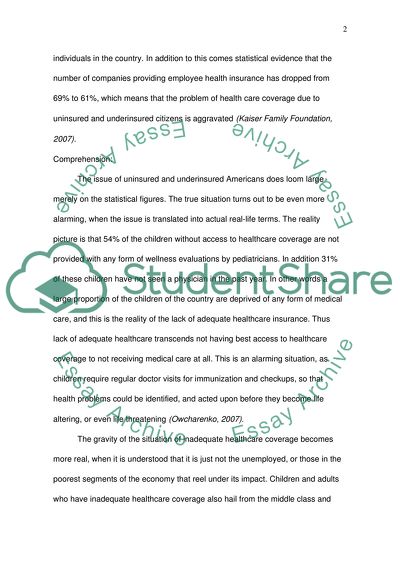Cite this document
(Unfair Distribution of Health Services in the United States Essay Example | Topics and Well Written Essays - 1750 words, n.d.)
Unfair Distribution of Health Services in the United States Essay Example | Topics and Well Written Essays - 1750 words. https://studentshare.org/health-sciences-medicine/1707030-uninsured-and-underinsured
Unfair Distribution of Health Services in the United States Essay Example | Topics and Well Written Essays - 1750 words. https://studentshare.org/health-sciences-medicine/1707030-uninsured-and-underinsured
(Unfair Distribution of Health Services in the United States Essay Example | Topics and Well Written Essays - 1750 Words)
Unfair Distribution of Health Services in the United States Essay Example | Topics and Well Written Essays - 1750 Words. https://studentshare.org/health-sciences-medicine/1707030-uninsured-and-underinsured.
Unfair Distribution of Health Services in the United States Essay Example | Topics and Well Written Essays - 1750 Words. https://studentshare.org/health-sciences-medicine/1707030-uninsured-and-underinsured.
“Unfair Distribution of Health Services in the United States Essay Example | Topics and Well Written Essays - 1750 Words”. https://studentshare.org/health-sciences-medicine/1707030-uninsured-and-underinsured.


